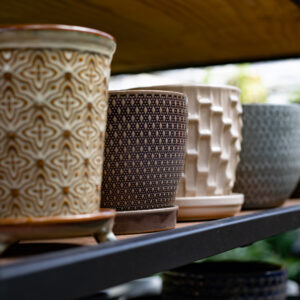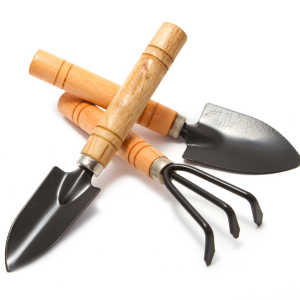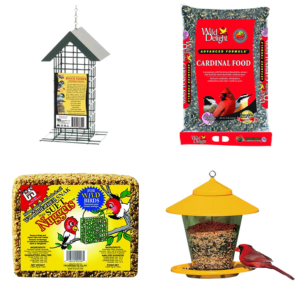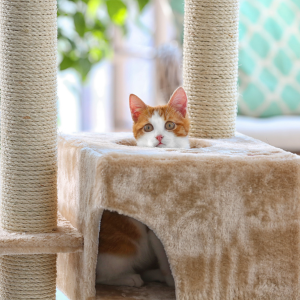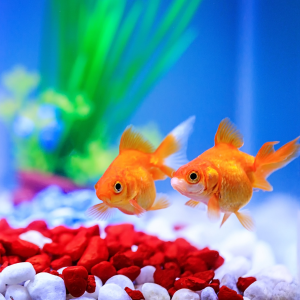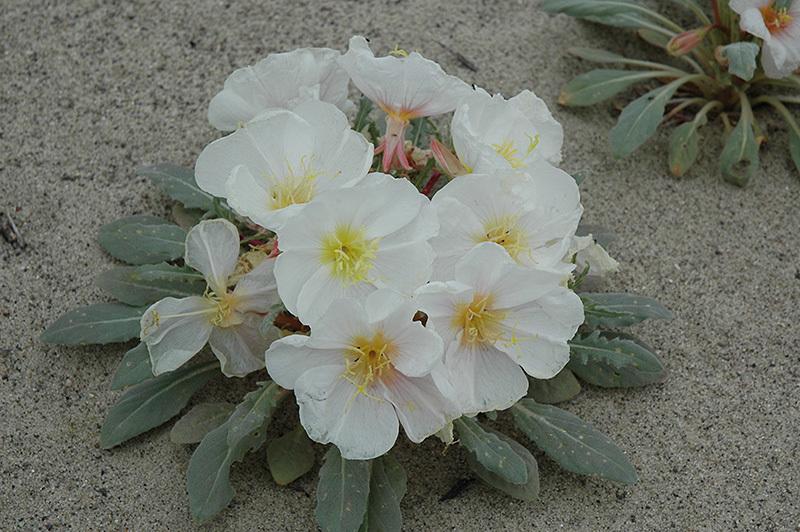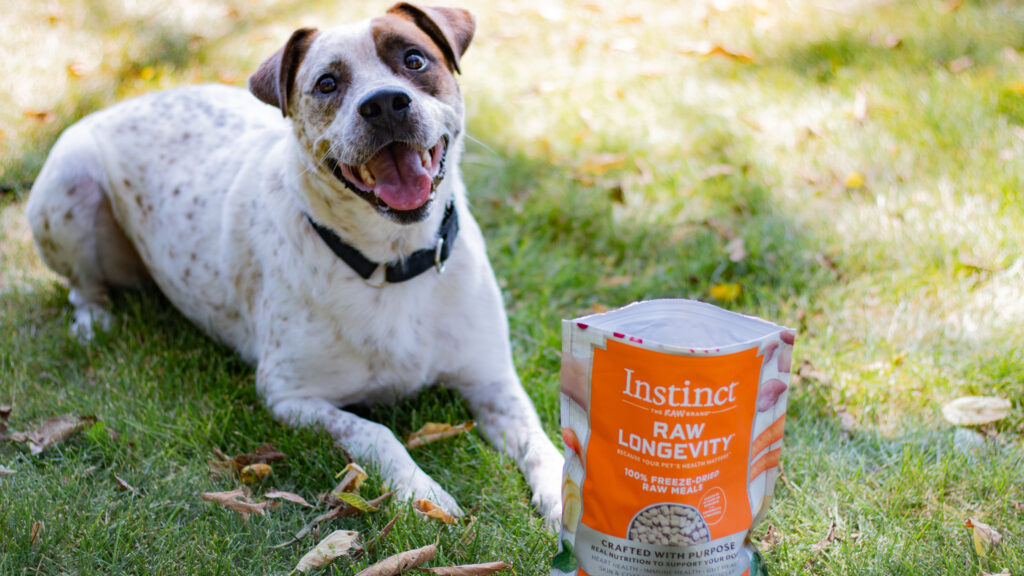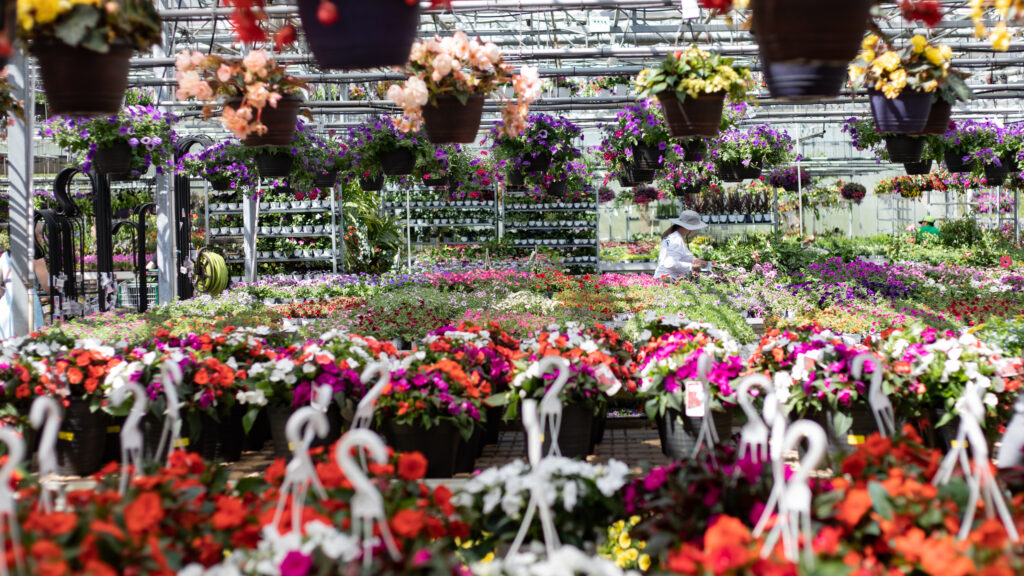Plant Finder
Birdcage Evening Primrose*
Oenothera deltoides
* This is a "special order" plant - contact store for details
Plant Height: 8 inches
Flower Height: 12 inches
Spacing: 12 inches
Sunlight:
![]()
Hardiness Zone: (annual)
Other Names: Desert Primrose, Dune Primrose, Devil's Lantern
Description:
This interesting variety produces masses of fragrant white flowers that mature to light pink; tolerant of hot dry conditions; prefers sandy soil; after flowering, the branches dry and curl up to form a cage
Ornamental Features
Birdcage Evening Primrose has masses of beautiful lightly-scented white cup-shaped flowers with shell pink overtones and yellow eyes along the stems from early to mid spring, which emerge from distinctive pink flower buds, and which are most effective when planted in groupings. Its serrated narrow leaves remain olive green in color throughout the season.
Landscape Attributes
Birdcage Evening Primrose is an herbaceous annual with a ground-hugging habit of growth. Its medium texture blends into the garden, but can always be balanced by a couple of finer or coarser plants for an effective composition.
This is a high maintenance plant that will require regular care and upkeep, and is best cleaned up in early spring before it resumes active growth for the season. Gardeners should be aware of the following characteristic(s) that may warrant special consideration;
- Spreading
Birdcage Evening Primrose is recommended for the following landscape applications;
- Mass Planting
- Rock/Alpine Gardens
- Border Edging
- General Garden Use
- Naturalizing And Woodland Gardens
Planting & Growing
Birdcage Evening Primrose will grow to be about 8 inches tall at maturity extending to 12 inches tall with the flowers, with a spread of 14 inches. When grown in masses or used as a bedding plant, individual plants should be spaced approximately 12 inches apart. Its foliage tends to remain low and dense right to the ground. Although it's not a true annual, this fast-growing plant can be expected to behave as an annual in our climate if left outdoors over the winter, usually needing replacement the following year. As such, gardeners should take into consideration that it will perform differently than it would in its native habitat.
This plant should only be grown in full sunlight. It prefers dry to average moisture levels with very well-drained soil, and will often die in standing water. It is considered to be drought-tolerant, and thus makes an ideal choice for a low-water garden or xeriscape application. It is not particular as to soil pH, but grows best in sandy soils, and is able to handle environmental salt. It is somewhat tolerant of urban pollution. This species is native to parts of North America. It can be propagated by division.
* This is a "special order" plant - contact store for details


